|
Typically, my novels include encounters with strange creatures. In my recently-released novel, INFINITY, the characters encounter coyotes. Now, if you live in the United States, you may think coyotes are not all that strange. However, the coyotes in INFINITY are unlike any coyotes you've ever seen (I won't give away any more detail than that). But you don't have to bridge to an alternate version of Earth to find amazing animals, because the coyotes we have right here on this world are pretty impressive. Let's find out more. What the heck is a Coyote? Coyotes are members of the canine family (Canidae). Which means they are related to dogs, wolves, foxes, dingoes, jackals, and others. Coyotes live in North America, and they are widespread in Canada, the U.S., Mexico, and even into Central America. Coyotes are medium-sized canines, smaller than wolves, larger than foxes. Typically, adults weigh between 15 and 44 pounds (7 to 20 kg). When you see one up close, you might assume it is heavier than that because of the bushy fur on its body and tail. The largest specimen ever recorded was a huge male killed in Wyoming in 1937, which weighed 75 pounds (34 kg). Amazing facts about Coyotes All coyotes belong to the same species, but there are a whopping 19 subspecies, each of them unique in its own way. Among these subspecies are the northern coyote, plains coyote, mountain coyote, Mexican coyote, Belize coyote, and many more. A very diverse species! Coyotes are predators but will eat just about anything: rodents, rabbits, fish, frogs, snakes, insects, birds, and even grass and fruits. Studies show that mammals make up 90% of their diet. In fact, they are pretty impressive as predators when they hunt cooperatively to kill deer. Yep, coyotes are capable of killing adult deer, even though coyotes are MUCH smaller. The average size for a white-tailed deer buck is 150 to 300 pounds (68 to 136 kg). To accomplish this, coyotes hunt large prey in pairs or in small groups. Bringing down an adult deer, especially a buck, is dangerous, though, and usually younger, less experienced coyotes do not participate in this. Another dangerous prey animal is the porcupine, a large rodent with numerous sharp quills on its back. Many adult coyotes have learned to work in pairs to flip these rodents over and then attack the soft belly. This takes skill, and when younger coyotes try it, they often get a face full of needle-sharp quills. But I think my favorite coyote hunting skill is their ability to pounce. They like to stand still and watch for rodents in the snow or grass. When they see one, they leap high into the air and come down on it from above. This technique tends to be highly effective, and therefore mice, rats, and voles make up a large part of a coyote's diet. Humans have a love/hate relationship with coyotes, and the hate side often outweighs the love side. There are many reasons for this. Farmers and ranchers, for example, hate coyotes because these canines sometimes kill calves and other young livestock. Hunters hate them because coyotes kill deer, turkeys, geese, pheasants, and other game. Pet owners hate them because coyotes sometimes attack domestic dogs. These bad feelings toward coyotes have long been a part of North American attitudes, and coyotes are often portrayed in stories and cartoons as sneaky and devious. An example is Wile E. Coyote, the cartoon character who never gives up trying to catch the roadrunner, but always seems to fail in the most spectacular of ways. Check out this Wile E. Coyote video Coyotes are prolific. Females give birth to as many as 12 pups, and both the parents care for the pups, which results in a high survival rate of the entire litter. Research has shown that human attempts to curtail a coyote population often don't work because even if up to 75% of a coyote population is killed, these amazing creatures bounce right back to their previous level the next year. Since coyotes have few natural predators (besides humans), their populations are usually self-regulated by disease, or by the carrying capacity of their environment (the amount of food and space the environment offers). Coyotes are highly adaptable, and their range has expanded dramatically because of human activities. Before the 1800s, coyotes were mostly restricted to the southwest United States and in low numbers in the midwest. This was mainly because wolves prevented them from spreading. But humans have wiped out most of the wolves in North America, which opened up new territory for coyotes. By the 1970s, coyotes had spread across the continent, even far up into Canada. In fact, they even spread to the Canadian island of Newfoundland, presumably by swimming (coyotes are very good swimmers). Remarkably, some of the coyotes of Newfoundland are white! They're called snow coyotes: There's an interesting story behind the snow coyote. A group of scientists recently studied some of these creatures by sequencing their genes. They found that each white coyote carries two copies of a specific gene related to hair color. The normal coyotes on Newfoundland have only one copy of this gene (which means the gene is recessive). Now here's where it gets interesting. Scientists have found this particular gene before—in golden retrievers. It's what makes the dogs have light-colored hairs. Here's my favorite part of the story: In Newfoundland in 2002, during the coyote breeding season, a male golden retriever ran off with a local coyote and never returned home. Did you know that coyotes often interbreed with wolves and domestic dogs? It's true. Hmm... so it's very possible that this golden retriever bred with the coyote, and they had puppies bearing the gene described above. Since the puppies only had one copy of the gene, they would have been normal in color. But after a few generations, some of these one-copy offspring probably interbred and produced two-copy offspring... and in this case the genes created nearly-white fur instead of the blonde fur seen in golden retrievers. I just love that kind of story! Okay, one more tidbit about coyotes. As stated above, coyotes are adaptable. In fact, they have learned to thrive in human-influenced environments. Coyotes are now becoming common in city suburbs and even in the centers of large cities. For example, only five miles from Chicago O'Hare International Airport, scientists have discovered the smallest known coyote territory ever observed. For at least six years, a coyote community has lived within about a third of a square mile. That must mean that the creatures are finding it very easy to locate plenty of food and water right there in that tiny urban area. Again, people have mixed feelings about urban and suburban coyotes. What do you think? Should we try to wipe out these new city dwellers, or should we just accept them as another part of the urban landscape, like the pigeons and feral cats? So, the Coyote deserves a place in the T.A.H.O.F. (Tubular Animal Hall of Fame). FUN FACT: Dude, you know where tubular comes from, right? Well, let's start at the beginning. The word actually originated in the late 1600s, and it meant "having the form or shape of a tube." But in the late 1970s, surfers started using the word to describe when waves break like a barrel. With the help of the Frank Zappa song "Valley Girl," written and sung by his daughter Moon Unit, the word began to be used widely to mean something "cool" or "excellent." Now the word is pretty much just used as a way of mocking the 1980s. Nevertheless, tubular is another way to say awesome! Photo Credits:
Coyote in snow - Yathin S Krishnappa via constantinealexander.net Coyote with porcupine quills - Nicerweb Coyote pouncing on rodent - Justin Jensen via Flicker Snow Coyote - Michael Blackwood via National Geographic Urban coyote - Matt Knoth/Shutterstock via Mother Nature Network
1 Comment
William Fokes
1/10/2020 09:27:59 am
I love Coyotes and Wolves. It breaks my heart that people shoot them. Thanks for the interesting story. I wish more poitive things would be said about them.
Reply
Leave a Reply. |
Stan's Cogitations
Everyone needs a creative outlet. That's why I write. Archives
April 2024
|

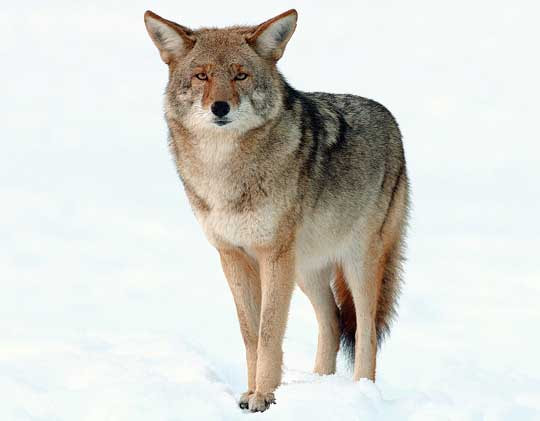
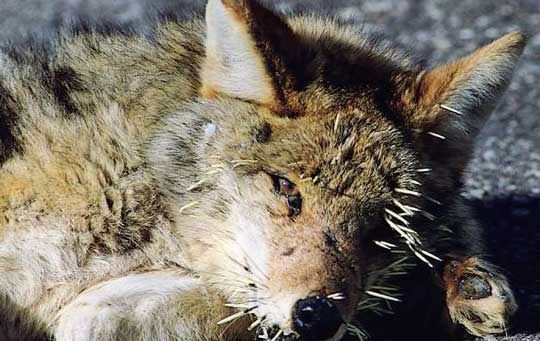
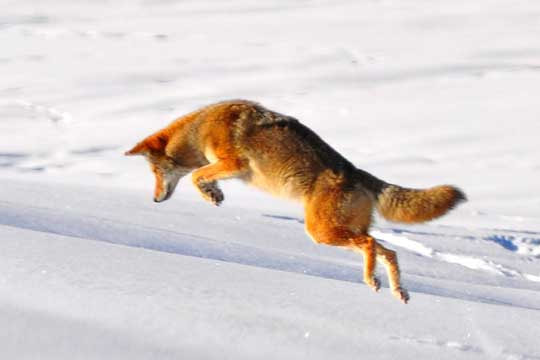
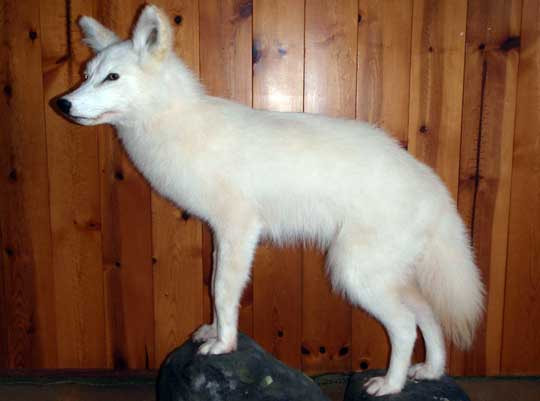
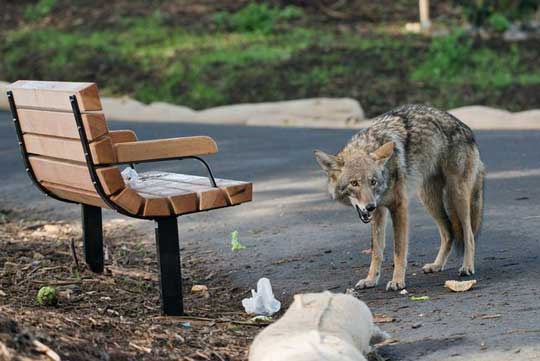
 RSS Feed
RSS Feed